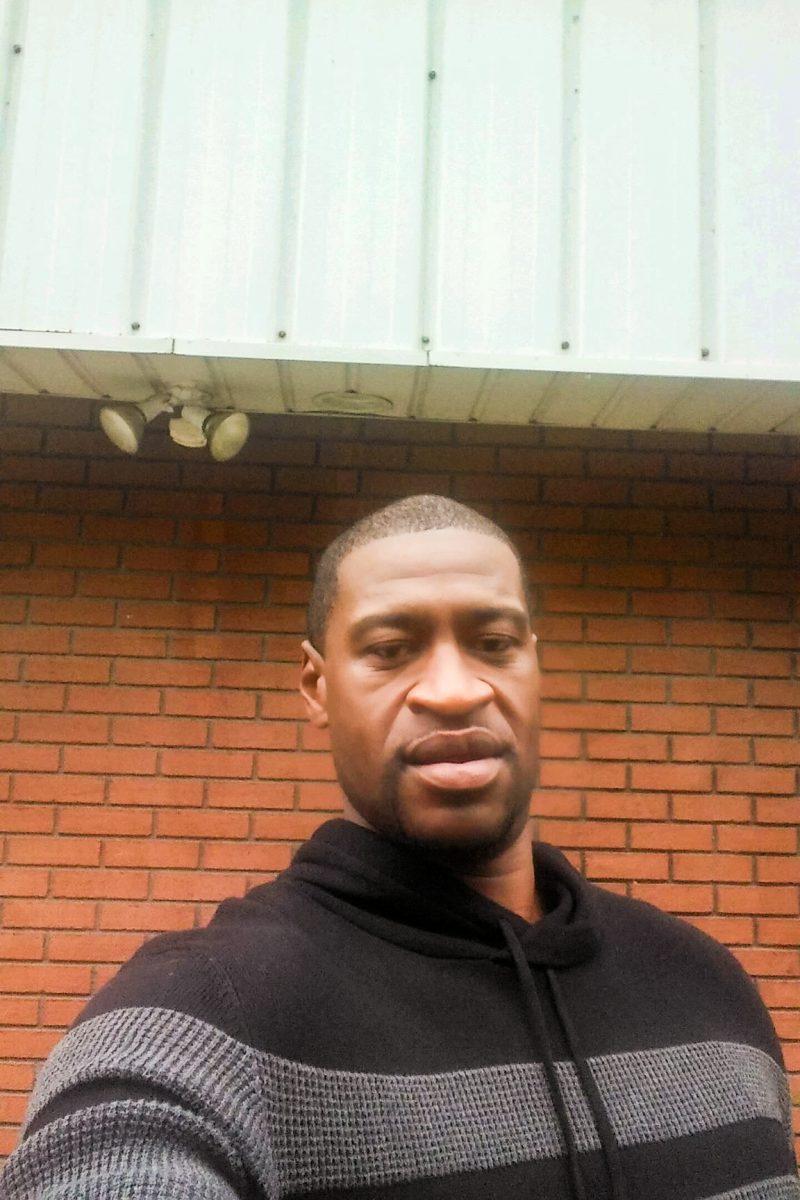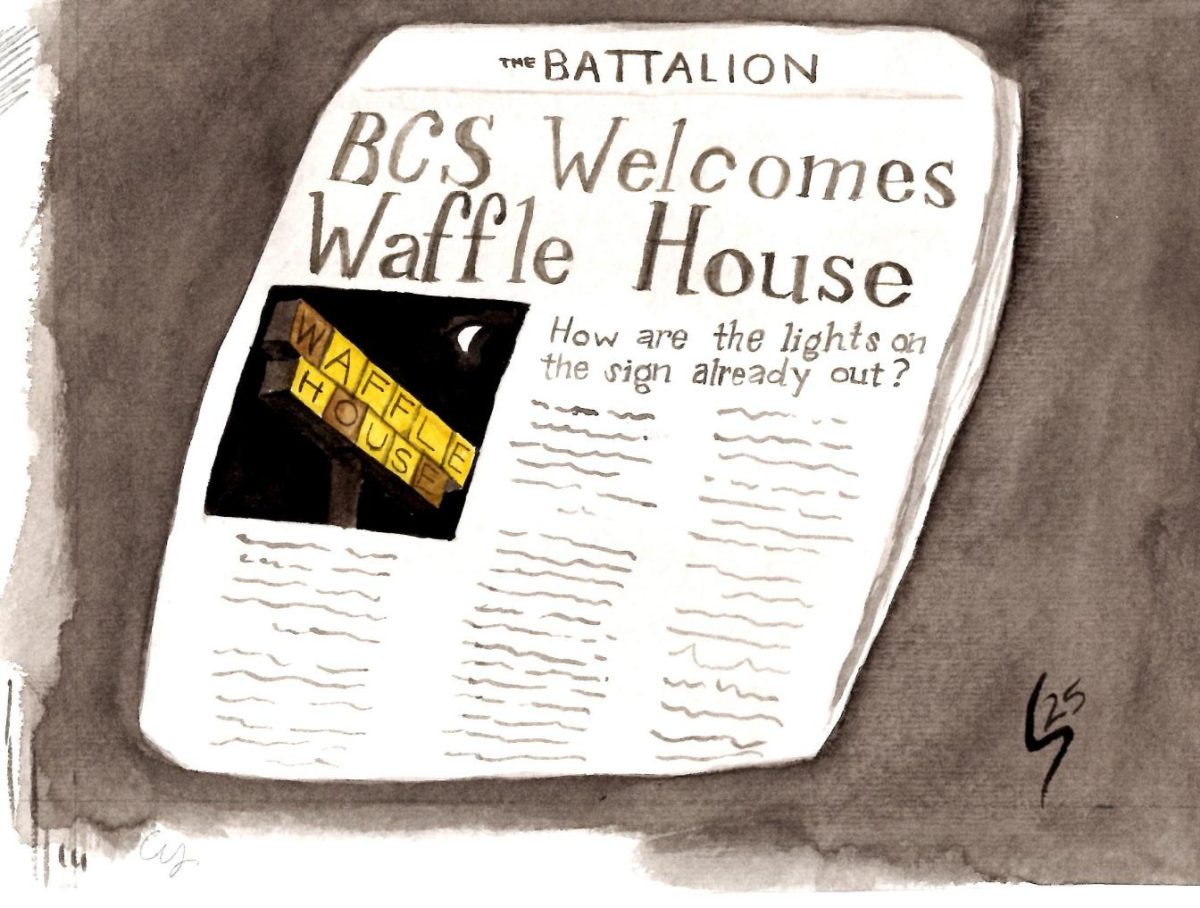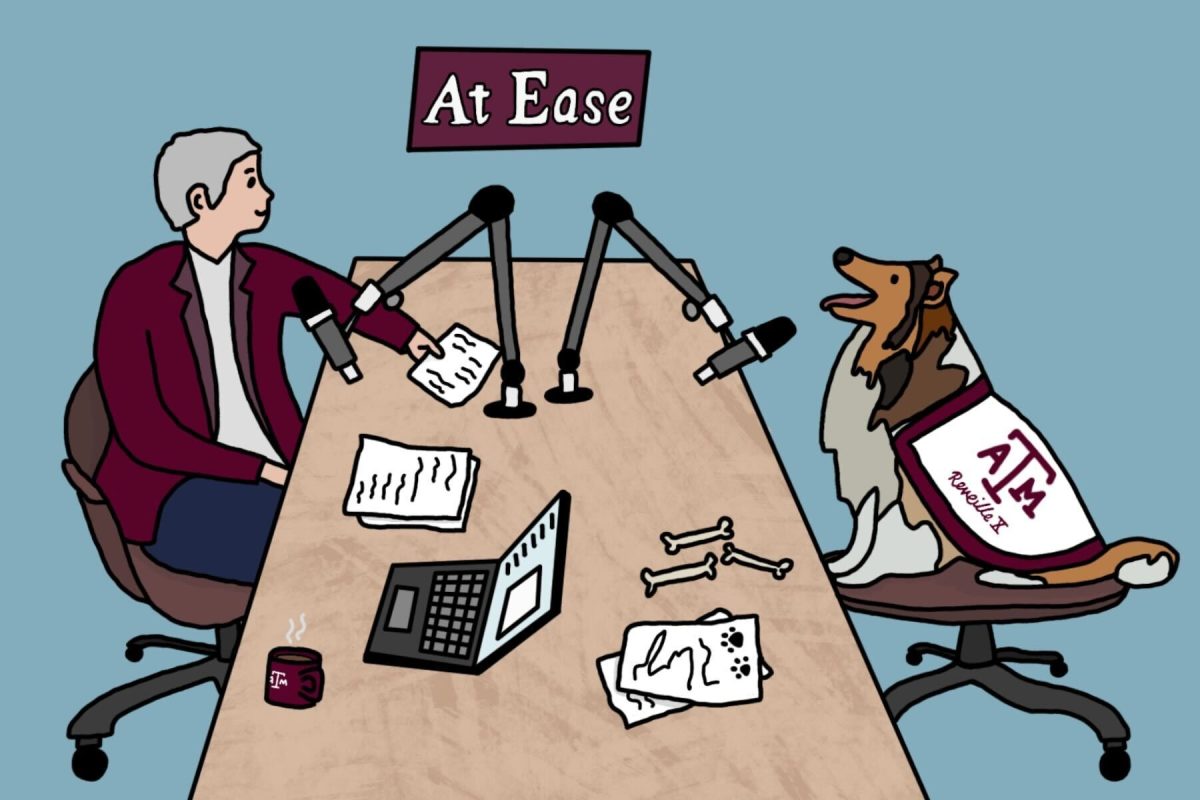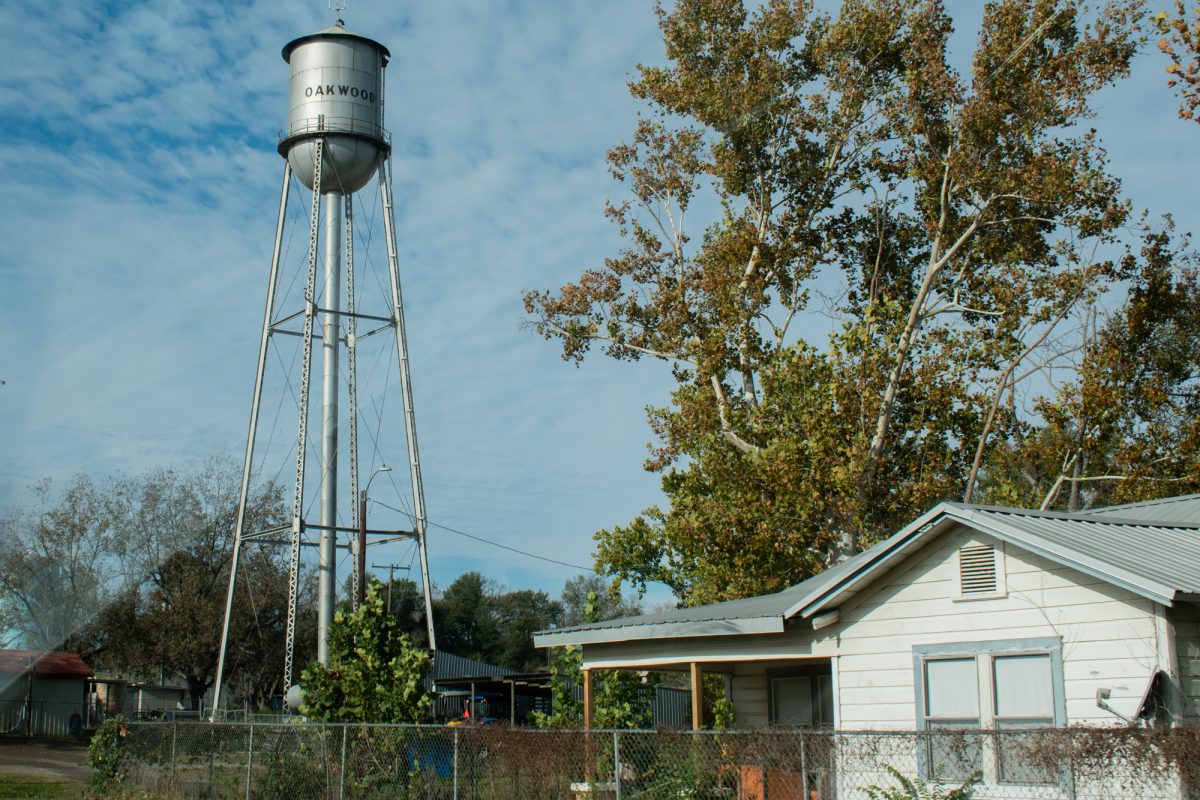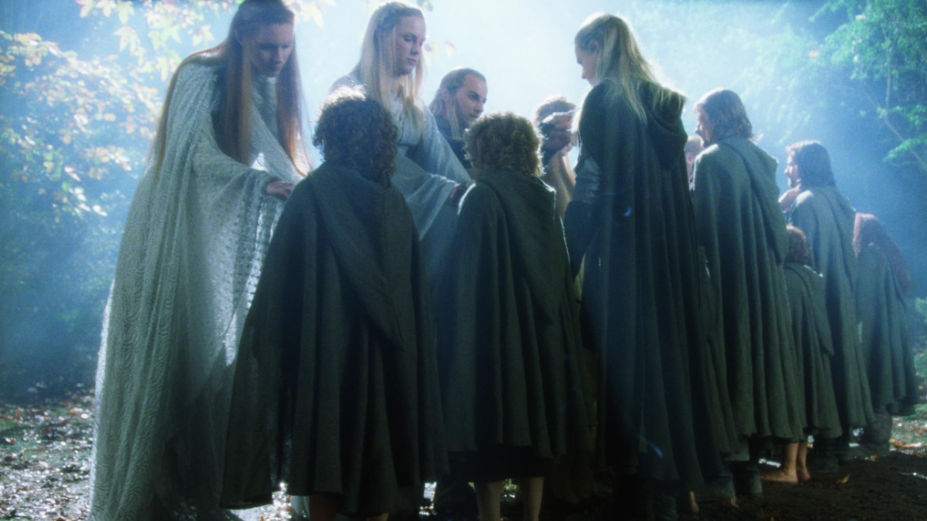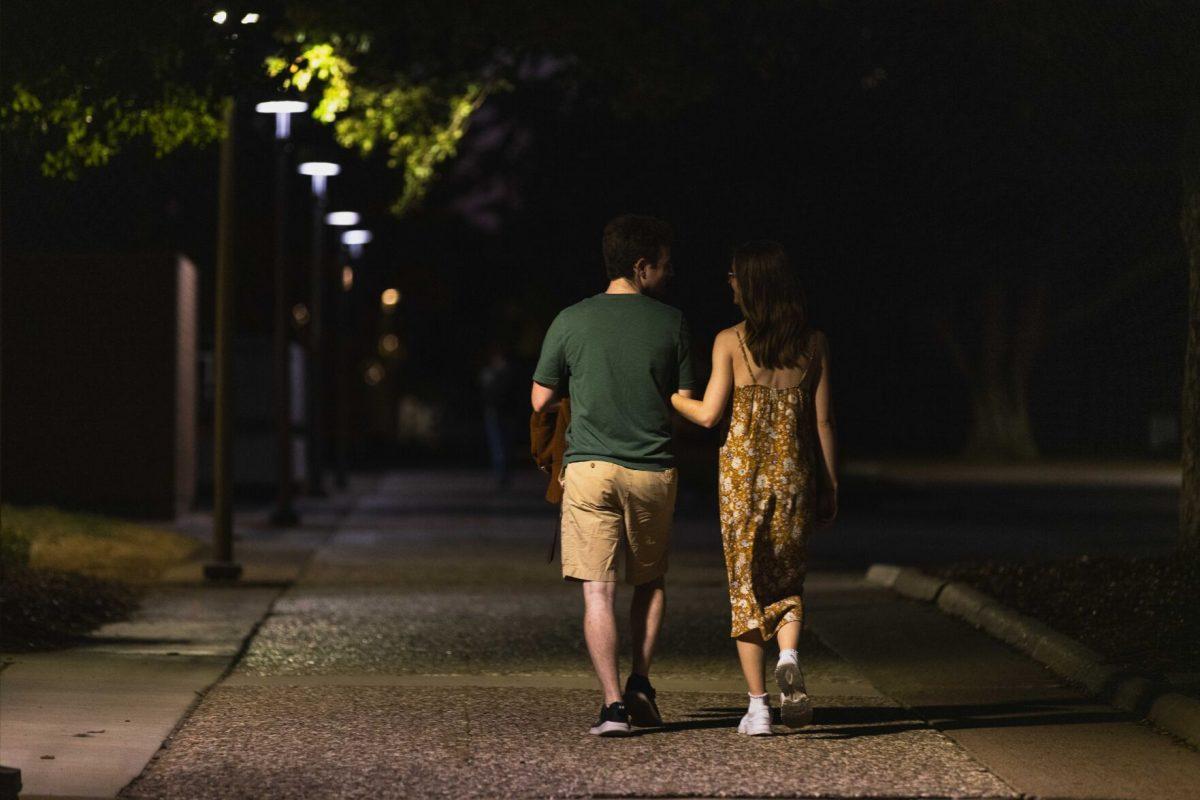Editor’s Note: The following contains graphic descriptions of George Floyd’s fatal arrest, as well as a link to the unedited video. The reader’s discretion is advised.
It seems the country has dipped into chaos.
At the time of publication, the Minneapolis police station is a burnt out husk of its former self. The four officers involved in the death of George Floyd have been fired. Derek Chauvin, the man most clearly responsible for his death, has been charged with third-degree murder.
But if you really want to understand what’s happening in Minneapolis — and what is quickly unfolding across the country — you need to watch the full, unedited video of Floyd’s death. The clips on social media and broadcast news won’t cut it. They’re too edited; they’re too short; the narrators’ voices are too soft.
Don’t worry, no one’s trying to trick you. There’s just something different about a complete, unedited video which grabs you like nothing else can.
Reading about it won’t suffice. The written word excels at conveying nuance, but what it gains in detail, it loses in visceral punch. As readers, we are firmly in control. We have the ability to pace ourselves, to dwell on that with which we are most comfortable and to skim across what we are not. We can’t help it. It’s what we do.
But there is no such control with video. You can’t dwell on what you appreciate and skim over what makes you vomit. You can’t abstract away the humanity of what happens. You can’t rely on the comforts of your imagination.
And if you’re disciplined, you won’t rewind, fast forward or pause either. Instead, you will allow yourself to feel trapped by the slow procession of events that refuse to change no matter what you do.
You will feel trapped not by the chaos but by the structure.
That’s why pictures won’t work either. A picture is only a moment in time. This video lasts ten awful minutes. And when you see the video in its full awfulness, you’ll find something just as awful wells up within you. You can’t stop it.
A picture won’t show you the small shifts in Chauvin’s balance as he adjusts the sturdiness of his knee against the softness of Floyd’s neck. It won’t show you Floyd’s micro-exertions as he gasps for air. You won’t appreciate how his screams become whimpers and his whimpers become silence, how his tone shifts from resistance, to fear, to resignation.
You won’t hear his voice crack.
You’ll discover that you can’t fix the exact moment at which Floyd dies but, surprisingly, you know a dead body when you see one. It’s after the point at which a soul becomes an object — minus the poetry.
You’ll see Chauvin keep his knee on Floyd’s neck for several minutes afterward, presumably for good measure. And while all this unfolds, you will listen, helplessly, as the onlookers demand Chauvin remove his knee and Thao, another officer at the scene, check Floyd’s pulse.
You’ll see Thao, devoid of all humanity, adopt a muscular, defiant stance, placing himself between the onlookers and Chauivin, his arms hanging precariously near the array of weapons at his belt. Thao does nothing except push away anyone who gets too close. At one point, Chauvin reaches for his mace.
This is what it looks like when you can get away with anything — and you know it. Onlookers and a video recording won’t stop you.
And if, after all is said is done, you still feel compelled to read something, read this. It’s from a political manifesto, quite old, perhaps older than the country itself depending on how you think about it. Its author was a political mastermind who nevertheless owned the ancestors of the protestors who are currently burning down Minneapolis:
“Governments are instituted among Men, deriving their just powers from the consent of the governed, –That whenever any Form of Government becomes destructive of these ends, it is the Right of the People to alter or to abolish it, and to institute new Government, laying its foundation on such principles and organizing its powers in such form, as to them shall seem most likely to effect their Safety and Happiness.”
People will differ about the efficaciousness of burning down a police station, about whether the looting we’re seeing, as terrifying as it is, can meaningfully be analogized to The Boston Tea Party. Mostly, they’ll differ about whether the panoply of state sanctioned violence against black people (on which President Obama has recently commented) really justifies the chaos in which we now find ourselves.
It’s a debate between the necessity of law and order and the revolutionary impulse that still exists in most Americans. It’s a revolutionary impulse which, at its best, tilts towards justice.
But before you deign to enter into the discussion, watch the video. I suspect that, if for nothing more than a split second, you will understand what is happening in America right now.
That for the time being, the consent of the governed has been revoked.
Joshua Howell is a computer science graduate student and opinion editor for The Battalion.




